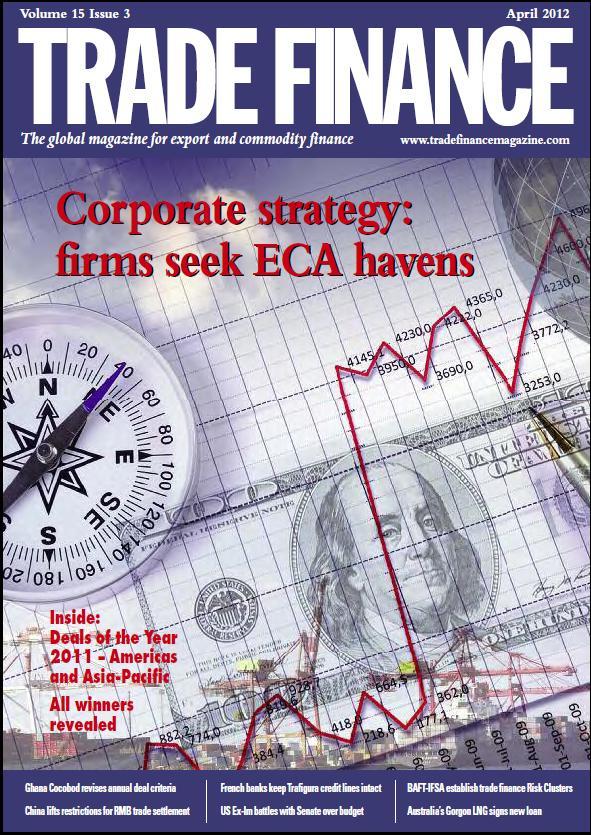Primary sources can be
- accounts by an eyewitness or the first recorder of an event
- data obtained through original research
- creative works such as poetry, music, or art
- artifacts such as pottery, furniture, and buildings.
Secondary sources are works that
- analyze
- evaluate
- interpret
- criticize

Purpose: to convey academic research.
Audience: educated people in the discipline, typically researchers themselves. Scientists; college and university professors
Conventions: highly structured organization; contains footnotes or works cited pages; published after review by experts in the field; technical or specialized language.
Trouble-Spots: content may be difficult for a lay-person to understand.

Purpose: to inform or to entertain.
Audience: general.
Conventions: brief articles; contains easily-accessible language; usually written by journalists or professional writers.
Trouble-Spots: may not provide full context for the studies cited within articles.

Purpose: to convey research in a simplified form for practitioners.
Audience: specialized: professional workers in a field.
Conventions: contains some technical language or jargon but easily accessible by a college-educated audience; short and concise articles.
Trouble-Spots: some jargon terms may be unfamiliar to a lay-person; assumes common knowledge that may be not common to a reader. Press releases often indexed as trade journal articles.
